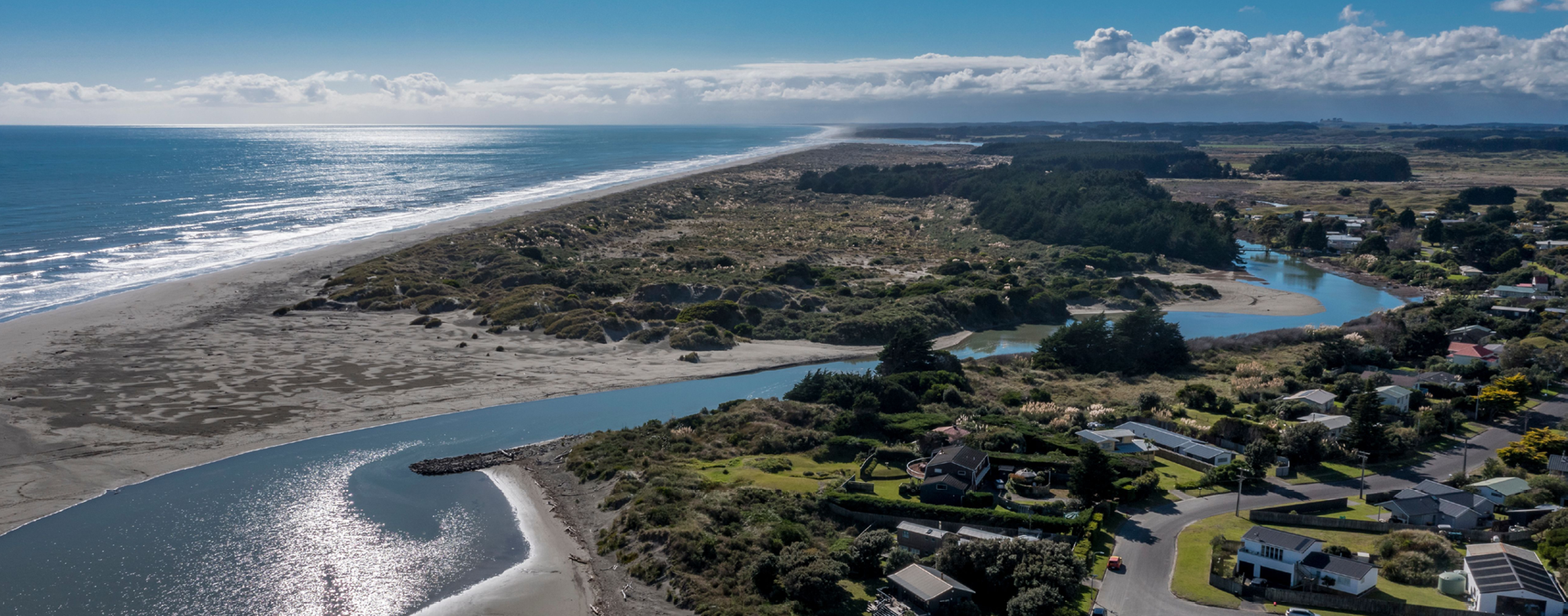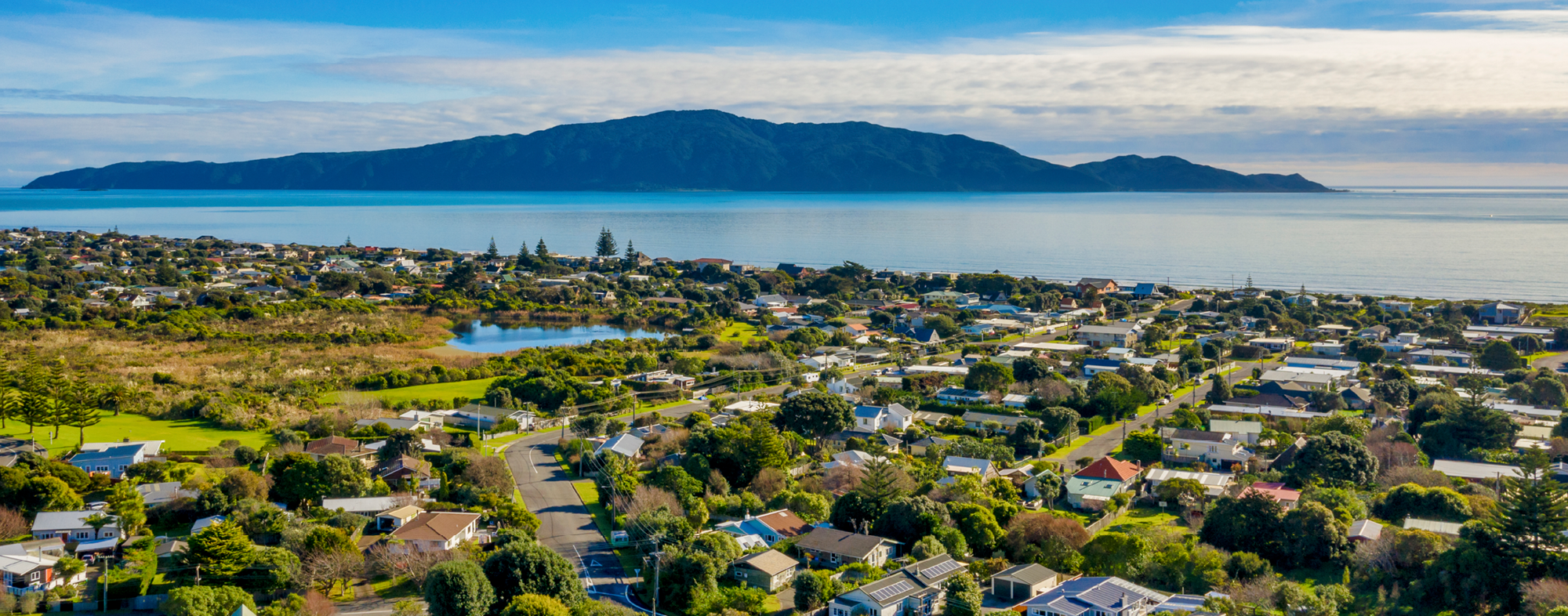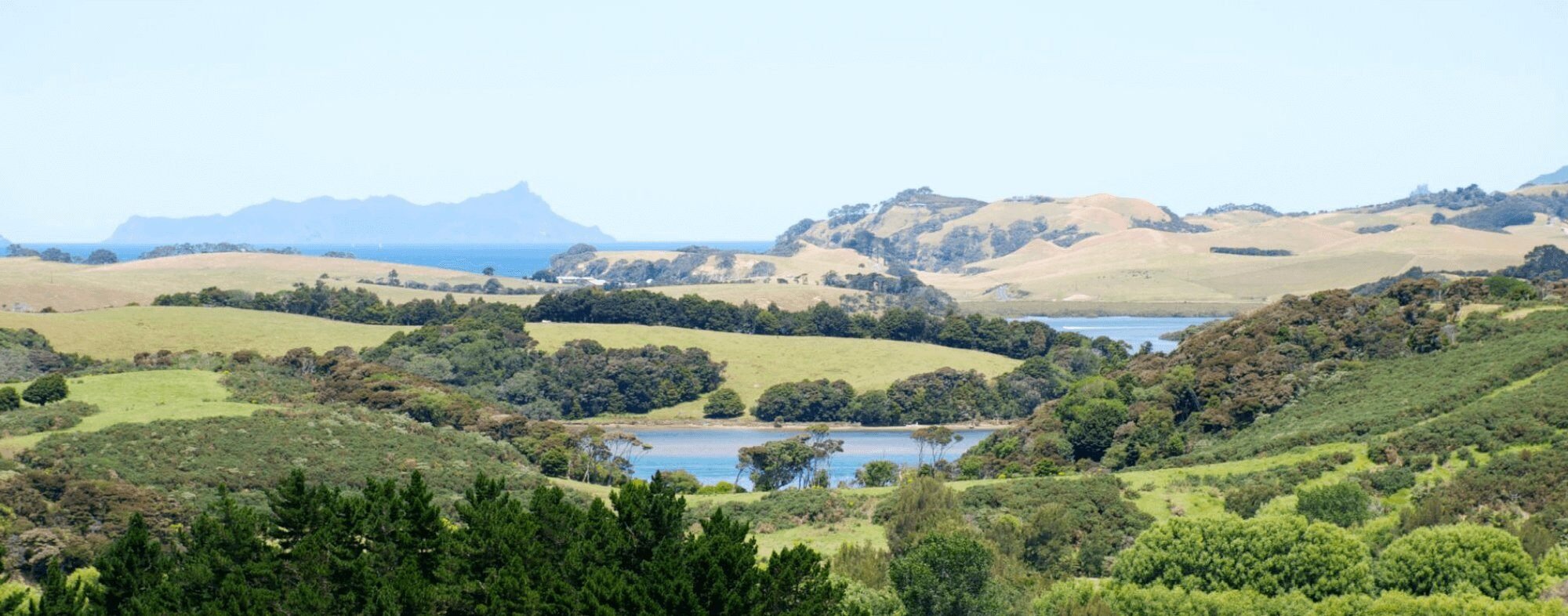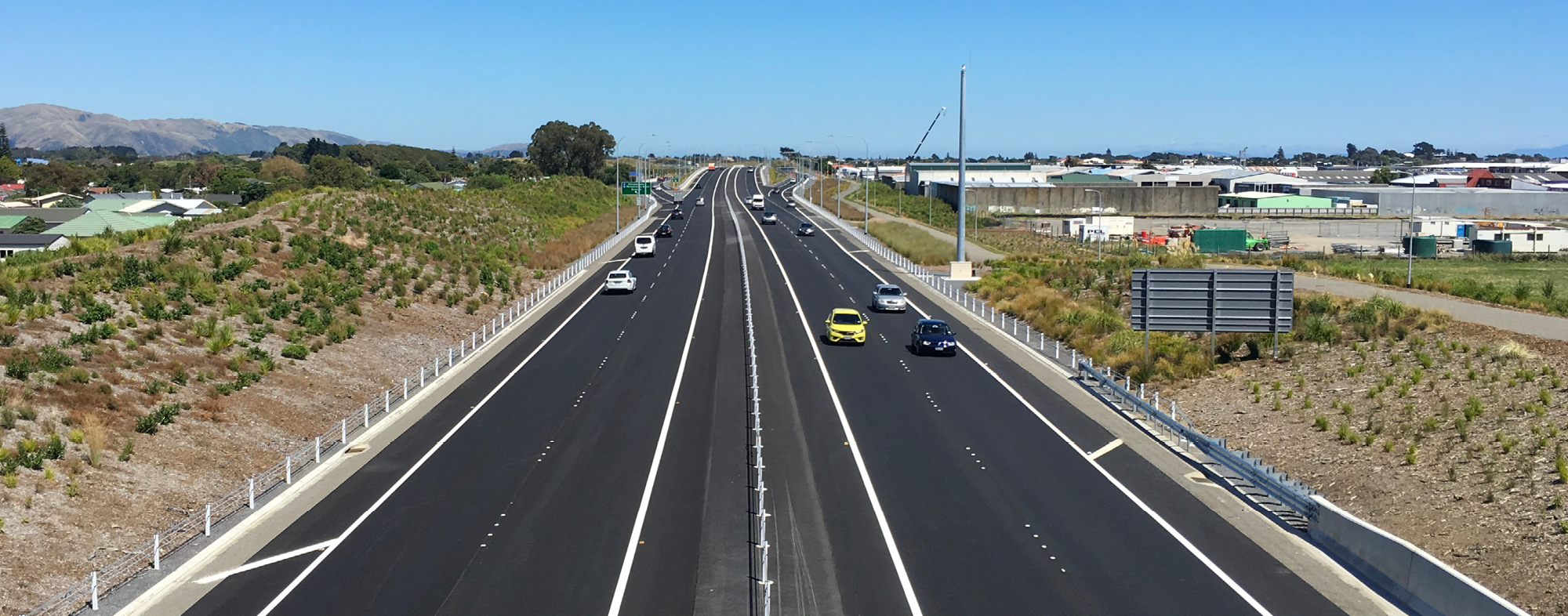2018: The year in property so far, & a look at what’s to come – Pt. 1
Blog

In terms of the Auckland property market, 2018 so far can be summed up in one word: “Steady”. The question is, is it actually steady or is that just a spin on “slow”?
After a “steady” start to the year, we saw a small bump in both sales volumes and prices in what was the typical summer surge, albeit somewhat subdued. This small amount of momentum seems to have faded, as we head into winter and now things are just downright “slow”. Even other parts of New Zealand (NZ) are showing signs of slowing with a few exceptions – Dunedin being the star performer and Tauranga recently hitting all-time price highs.
In the next few blog posts, we’ll take a closer look at what’s happened over the first half of this year and what could be in store for the remainder of 2018.
First, we take a look at what is happening in the bigger picture, including NZ and globally.
New Zealand Macro
- NZ Terms of trade are very strong. Auckland Airport can’t take another plane and our tourism industry is cranking. Our wine, fruit, timber, dairy etc is flying out the door, except wool which could yet make a comeback as the world turns off plastic-based fabrics.
- Positive migration is holding firm after many predicting it to soften and be almost negligible in a few years’ time. This is a major factor propping up the Auckland housing market and keeping it in a largely neutral state.
- Interest rates globally are tipped to rise, but they have been for 8 years and seem to be steady and dropping in some cases (HSBC mortgage rate at 3.85% for 18 months). They will have to rise at some point with most economists picking a steady, slow climb in the next 5 years.
- Expectations of higher inflation are coming from offshore and local government initiatives. The Labour-led coalition is introducing new taxes on many fronts and Auckland has its new fuel tax. Talk of living wages being compulsory and rises in the minimum wage mean the cost of goods will rise across the board. As the global economy continues its upswing, it will pull inflation with it. The upside of this is that we will finally have some real wage growth.
- Business confidence is low and heading lower. Business leaders are taking a “keep calm and carry on approach,” which is all they can do really.
- In summary, structurally, New Zealand and the global outlook is strong in the short term with all eyes on China. In the medium term, there is less certainty as we head towards the top of the global economic cycle.
Global Macro
- Capital markets around the world are all very fully priced, led by tech stocks with some worried about potential bubbles bursting
- Trump continues with his tariff talk which has rapidly turned into action sparking concerns of an all-out trade war, China and the US being at the epicentre
- Some larger economies are in the danger zone with massive debt and political unrest including Italy, Turkey and Brazil. There are fears Italy could follow the UK by exiting the EU, leading to a devaluation of its post-“Quitaly” currency (likely back to the Lira) and overwhelming national debt
- China wrestles with its massive corporate debt and how to de-leverage. Will it be a soft landing or will the Xie government spend their way out of it by building more infrastructure? For NZ this is the key global situation with China being our largest trading partner, Australia being our second largest, and Australia being so reliant on China. If China wobbles, then we will have some problems
- US bond yields pushed through the 3% mark in May and sit today at 2.897%. Some predict they will hit 3.5% and even 4%. If this happens there could be a run on Wall St with investors profiting by selling their stocks and parking their cash into the safe haven benchmark US Treasury 10-year bond
- Central banks around the world, led by the US, are tapering of their quantitative easing (QA) programs (money printing) as their economies gain strength. This could go either way as the global weans itself off a diet of cheap funding enjoyed since the GFC
Of course, the big picture affects the smaller, local property market picture. Right now, we have strong forces pulling in all directions leading to a stalemate of sorts. The market has softened in the last 2 years but stabilised in the first half of 2018.
In the next post, we’ll be looking specifically at the Auckland property market in more detail.








